Café In
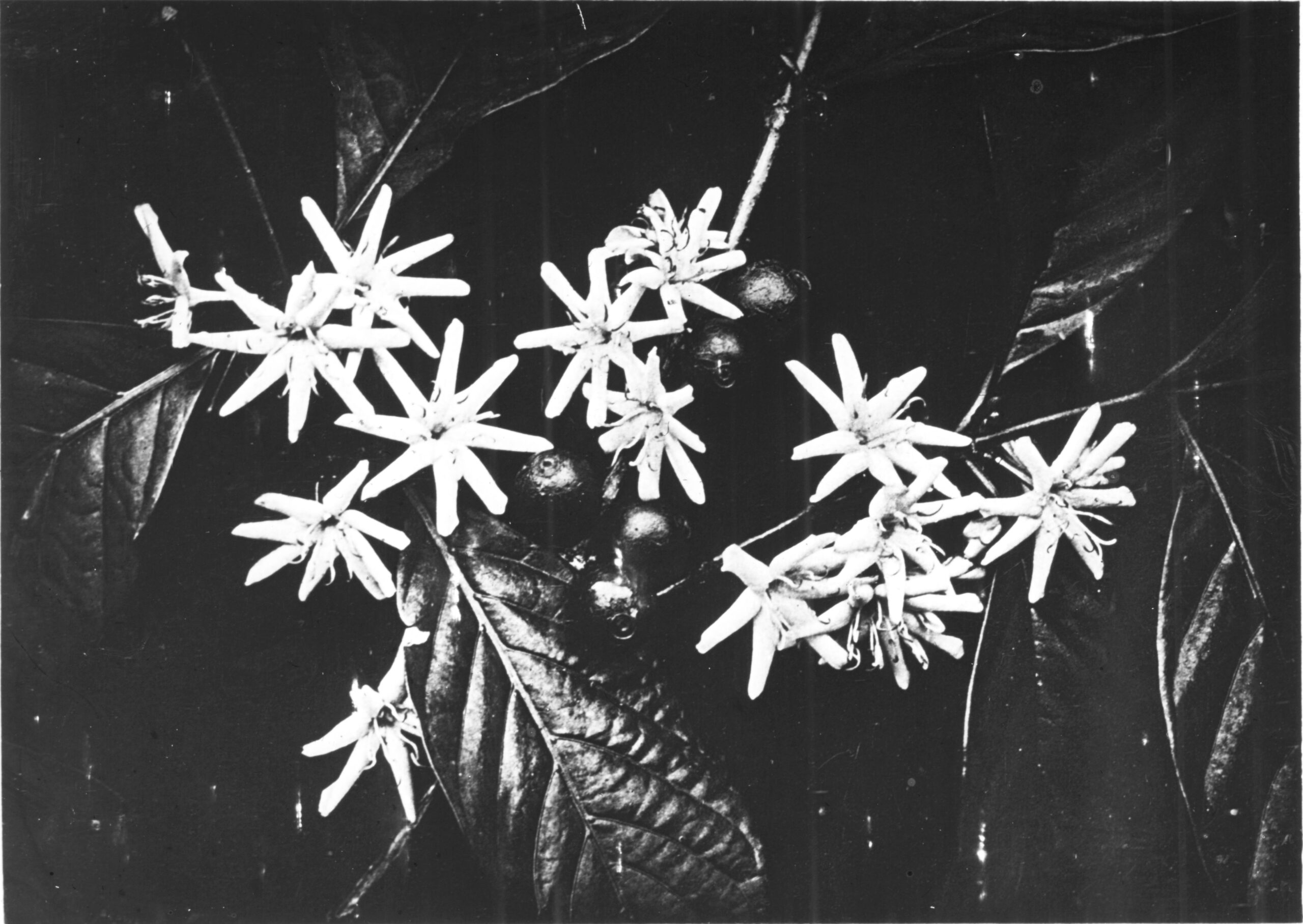

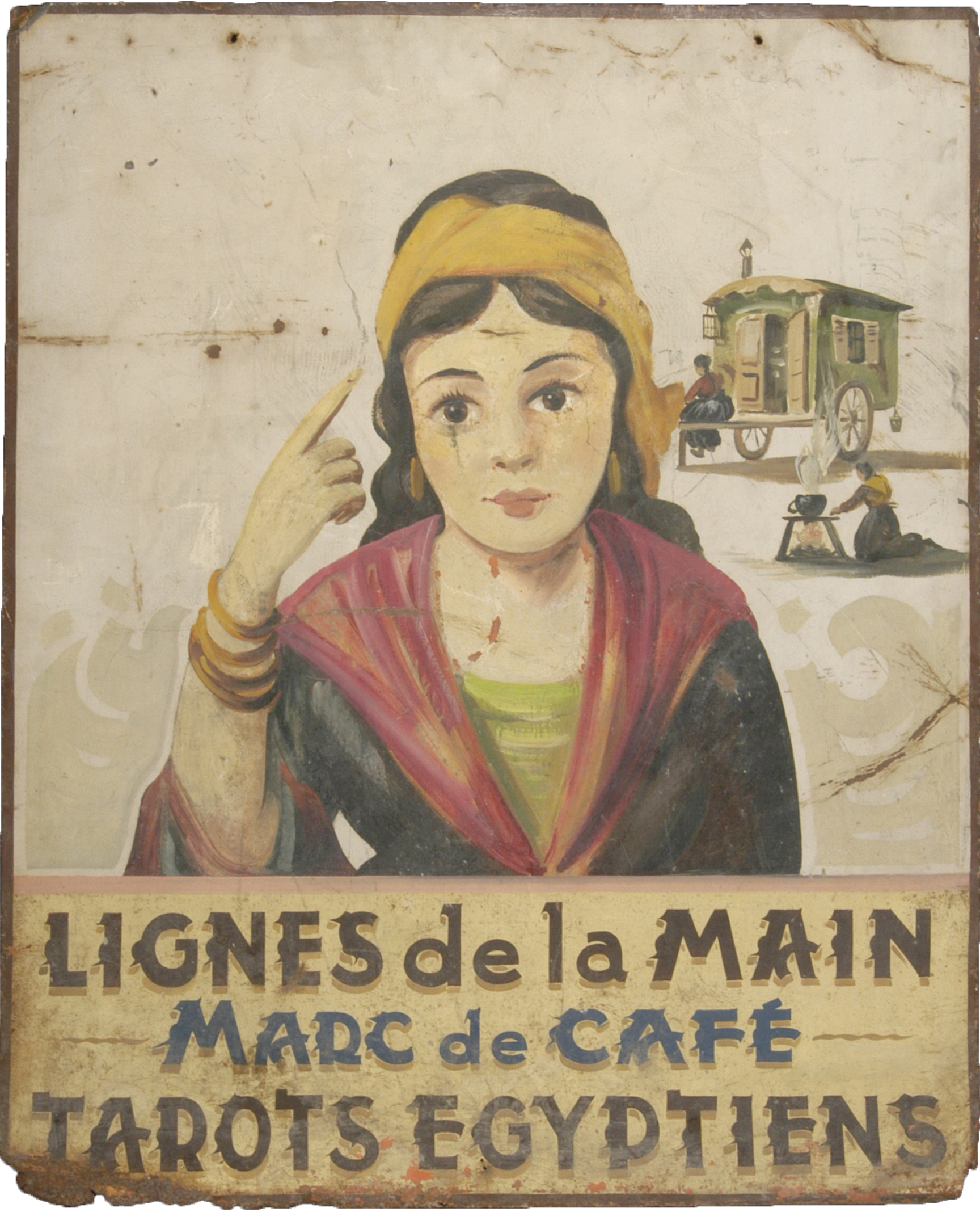
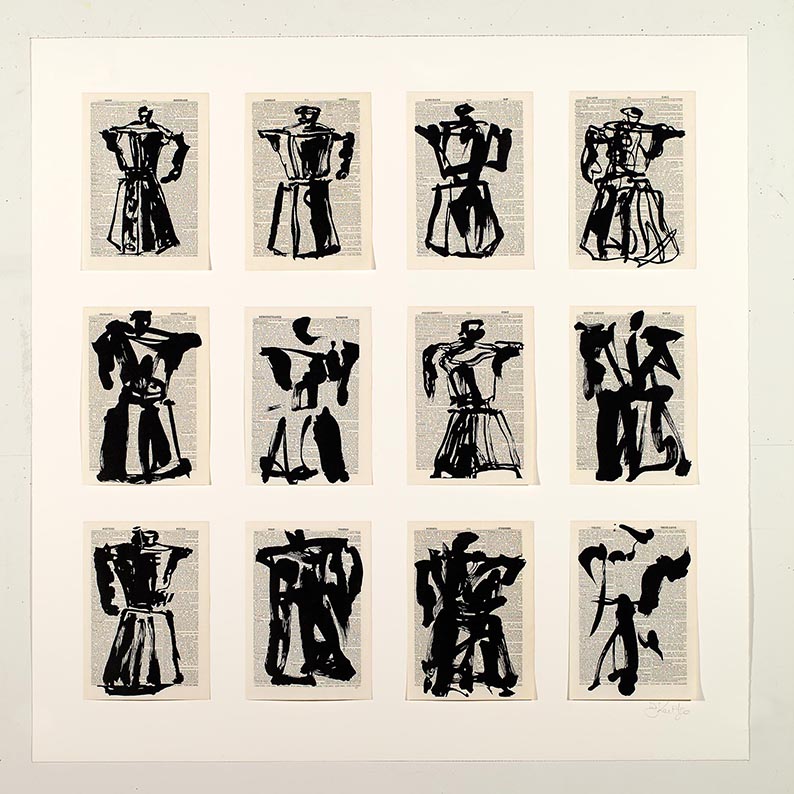
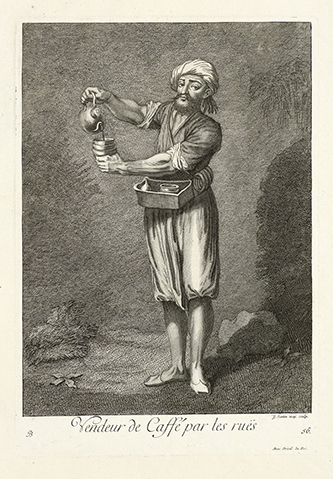
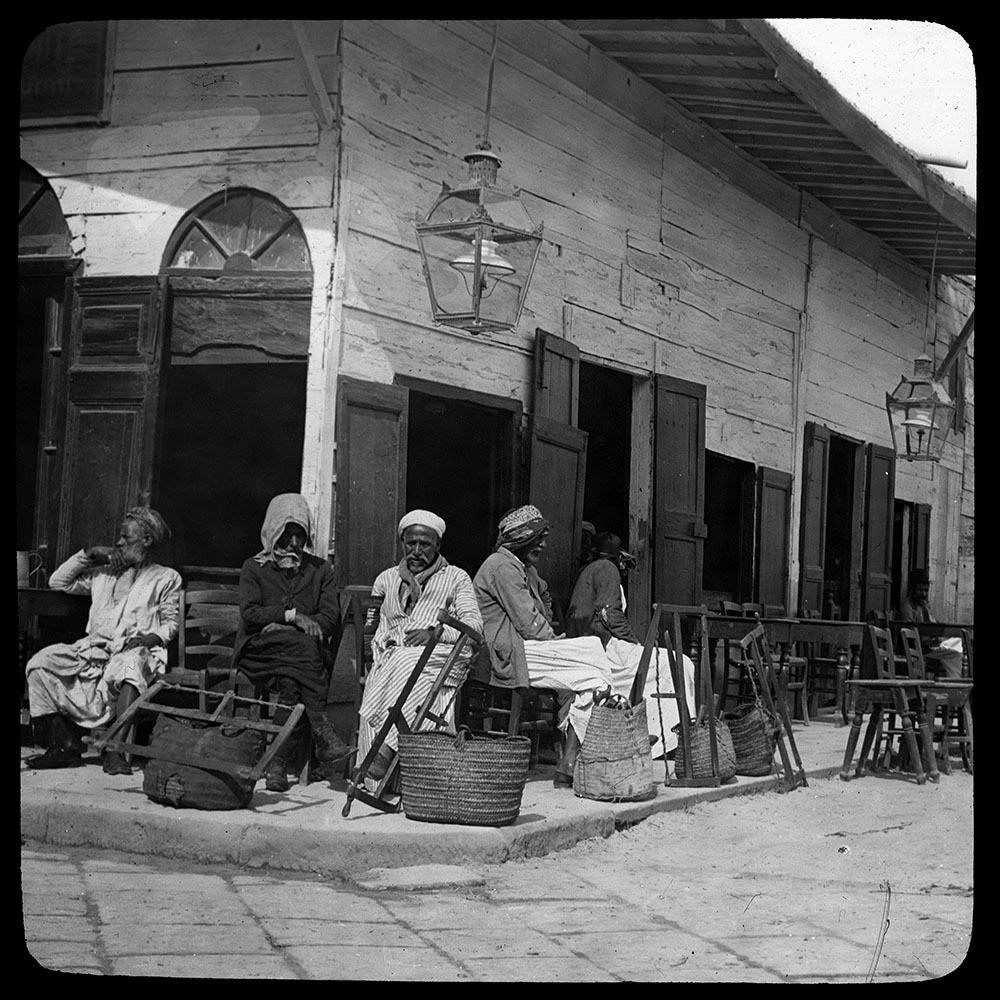
“The café is France’s strongest institution”
Léon-Paul Fargue
The Mucem presents, from 26 October 2016 to 23 January 2017, the exhibition Café in.
More than three hundred works of art, photographs, objects, engravings, drawings, rare books, letters, audiovisual archives and unpublished texts, spread over more than 1000 m², will illustrate coffee’s history throughout the world.
The contemporary view of coffee is deeply rooted, and structured around human well-being, both individual and collective. The virtues of this drink, originally seen as medicinal, later pleasurable and convivial, have prevailed over all kinds of trials, particularly religious. Within a few centuries, coffee has clearly become an economic giant, and has moreover established itself as an anthropological ritual in the most etymological sense of the word.
Léon-Paul Fargue asserted that “the café is France’s strongest institution”, so why is its central commodity, coffee, often overlooked, its history forgotten, and its virtues so seldom celebrated? Therein lies the mystery that the exhibition Café in seeks to resolve, as well as the surprise to be discovered within said “institution”: a scientific, anthropological, aesthetic and economic material that few rubiaceae exhibit.
From the berry to the cup, it is the history, geography, economy, environment, consumption, advertising and the aesthetic of coffee that are blended and entangled into one vast realm. Ultimately the aim is to transform visitors / coffee consumers into enlightened witnesses to a history that is unexpected, yet which they come to recognise as familiar.
General curator of the exhibition: Jean-Michel Djian, writer and journalist
Assistant curator: Manon Desplechin
Scenographer: Jacques Sbriglio, architect
Scientific research for the exhibition was directed by: Mireille Jacotin, adjunct curator at the Mucem, assisted by Françoise d’Allemagne
Exhibition co-produced with the Malongo Foundation and in partnership with TechnicoFlor
Scientific committee: Ondine Bréaud-Holland, Alfred Conesa, Pierre Gagnaire, François Georgeon, Sylvette Larzul, Gérard-Georges Lemaire, Jean-Christophe Rufin, Michel Tuchscherer, and Patrick Viveret
Five sequences recreate the world of coffee:
1
A legend of humanity
2
A history of cities
3
A question of quality
4
A market rationale
5
A convivial affair
The opening of the exhibition will be celebrated during a festive weekend the 28, 29 and 30 October with: a course de garçons de café (waiters’ race), the exhibition open house, the first “popular university of coffe”, films at the Mucem, a coffee-infused culinary creation by a Michelin-starred chef, a reading and a debate at La Friche la Belle de Mai.
For the duration of the exhibition, the public will be offered a programme “Café off” filled with cultural events at the Mucem and in the city: the “popular university of coffee” at the museum and in 12 places and different Marseille cafés, a large photography installation on the port quay and in partnering cafés, culinary creations “Café & gourmandises” in the shops of Marseille Centre and the restaurants of Tables 13, an exhibition at the Palais de la Bourse (CCIMP), a café chantant, and activities for children and families at the Mucem.
In conjunction with the exhibition Café in, a boxed set of five books co-edited with Actes Sud, will address the major aspects of coffee.
Interview with the general commissioner of the exhibition, Jean-Michel Djian
Mucem (M)
An exhibition on coffee? The proposition is quite surprising! Why did you choose to address this subject at the Mucem?
Jean-Michel Dijan
(J-MD)
When we have an exhibition on a major artist, like Picasso for example, the public basically knows what to expect. For coffee, however, the situation is quite different: it is not art, but rather something patrimonial, medicinal, to be savoured. There has never been a major exhibition on coffee in France. So it will be a first: where does coffee come from? Why do we drink it? We aim to provide answers by calling on artists, writers, scientists, manufacturers… Our goal is to rouse visitors who come to see the exhibition expecting something banal (there is nothing more banal than coffee, right?). In reality they should come out amazed by the notion that, in fact, no one really knows what it is: this little seed planted in the 13th century in Ethiopia, the same place where humankind was born!
In addition, doing this exhibition at the Mucem is appropriate, because Marseille is where the first “coffee house” in France opened in the 18th century opposite the La Bourse under a tent where a “pouring-man” served coffee in cups… Remember that Marseille was then a key coffee port where imports converged, well before Le Havre or Bordeaux took over.
M
What does this exhibition address? How is it organised?
J-MD
It unfolds in five sequences, with the idea that in order to understand coffee, one must start with the myths and common beliefs. This “legend of humanity” begins in Ethiopia and in “Arabia Felix”, where the first traces of coffee consumption were found. In the first sequence, we explain the Ethiopian “Zar” cult and reveal the divinatory virtues of this drink: by the way did you know that Victor Hugo made paintings with coffee grounds? We also depict the great figures of history who, from Bach to Bonaparte, were all “addicts”. Among them, a great many writers have nourished their work with caffeine: Balzac drank 50 cups a day.
M
The exhibition features numerous artists…
J-MD
Kentridge, Alechinsky, Arman, Daumier, Sempé… We wanted to demonstrate the wide variety of media that coffee inspires. Every domain of art is represented, photography in particular (Cartier-Bresson, Salgado, Brassaï, Reza…). We also called upon the great writers of today, commissioning texts about their passion for coffee: Bernardo Carvalho, Douglas Kennedy, Yves Simon, Zoé Valdès… To my delight, they all agreed, and we see in their writing that they are all absolutely crazy about coffee!
M
In the exhibition, these texts are placed facing twelve “city portraits”…
J-MD
Yes, it was the brainchild of scenographer Jacques Sbriglio as an introduction to this second sequence, which takes us from Aden to New York, by way of Marseille, Cairo, Paris, Venice, Cuba… Twelve cities that construct their identity around café culture will be “transported” to the Mucem through texts, photographs, paintings, engravings and objects. Coffee is unique in that it is the only drink to share a common identity with the establishment that serves it. This is the ambiguity of the word café in French: it is both a drink and an establishment. It is unparalleled.
M
There is also a focus on the scientific and economic aspects of the beverage…
J-MD
How do you make coffee? In the third sequence of the exhibition, we learn that to “give birth” to coffee, from the seed to the “bean” takes nine months, just like humans! The following sequence is organised around a giant world map designed as a video wall, explaining, with numbers and statistics, the economic stakes that coffee represents; employing 120 million people on the planet! We also illustrate the marketing powerhouse that accompanies the coffee industry. In this respect, a collection of posters from the Malongo Foundation provides a wealth of information on the way that coffee has been perceived over the last century.
M
The café is a social and convivial space. How is it presented in the exhibition?
J-MD
This was the most difficult and it is the subject of the final sequence, where we recreate a famous café from the 1930s, L’Ami Butte. It was important to capture all of the complexity of this social practice, which is much subtler than we think: in fact, while Sartre went to Café de Flore to be seen, Verlaine went to Café Procope to feel alone… The café is part of life. It is the very image of life. This is the central concept of the exhibition.
“The café is France’s strongest institution”
Léon-Paul Fargue
The Mucem presents, from 26 October 2016 to 23 January 2017, the exhibition Café in.
More than three hundred works of art, photographs, objects, engravings, drawings, rare books, letters, audiovisual archives and unpublished texts, spread over more than 1000 m², will illustrate coffee’s history throughout the world.
The contemporary view of coffee is deeply rooted, and structured around human well-being, both individual and collective. The virtues of this drink, originally seen as medicinal, later pleasurable and convivial, have prevailed over all kinds of trials, particularly religious. Within a few centuries, coffee has clearly become an economic giant, and has moreover established itself as an anthropological ritual in the most etymological sense of the word.
Léon-Paul Fargue asserted that “the café is France’s strongest institution”, so why is its central commodity, coffee, often overlooked, its history forgotten, and its virtues so seldom celebrated? Therein lies the mystery that the exhibition Café in seeks to resolve, as well as the surprise to be discovered within said “institution”: a scientific, anthropological, aesthetic and economic material that few rubiaceae exhibit.
From the berry to the cup, it is the history, geography, economy, environment, consumption, advertising and the aesthetic of coffee that are blended and entangled into one vast realm. Ultimately the aim is to transform visitors / coffee consumers into enlightened witnesses to a history that is unexpected, yet which they come to recognise as familiar.
General curator of the exhibition: Jean-Michel Djian, writer and journalist
Assistant curator: Manon Desplechin
Scenographer: Jacques Sbriglio, architect
Scientific research for the exhibition was directed by: Mireille Jacotin, adjunct curator at the Mucem, assisted by Françoise d’Allemagne
Exhibition co-produced with the Malongo Foundation and in partnership with TechnicoFlor
Scientific committee: Ondine Bréaud-Holland, Alfred Conesa, Pierre Gagnaire, François Georgeon, Sylvette Larzul, Gérard-Georges Lemaire, Jean-Christophe Rufin, Michel Tuchscherer, and Patrick Viveret
Five sequences recreate the world of coffee:
1
A legend of humanity
2
A history of cities
3
A question of quality
4
A market rationale
5
A convivial affair
The opening of the exhibition will be celebrated during a festive weekend the 28, 29 and 30 October with: a course de garçons de café (waiters’ race), the exhibition open house, the first “popular university of coffe”, films at the Mucem, a coffee-infused culinary creation by a Michelin-starred chef, a reading and a debate at La Friche la Belle de Mai.
For the duration of the exhibition, the public will be offered a programme “Café off” filled with cultural events at the Mucem and in the city: the “popular university of coffee” at the museum and in 12 places and different Marseille cafés, a large photography installation on the port quay and in partnering cafés, culinary creations “Café & gourmandises” in the shops of Marseille Centre and the restaurants of Tables 13, an exhibition at the Palais de la Bourse (CCIMP), a café chantant, and activities for children and families at the Mucem.
In conjunction with the exhibition Café in, a boxed set of five books co-edited with Actes Sud, will address the major aspects of coffee.
Interview with the general commissioner of the exhibition, Jean-Michel Djian
Mucem (M)
An exhibition on coffee? The proposition is quite surprising! Why did you choose to address this subject at the Mucem?
Jean-Michel Dijan
(J-MD)
When we have an exhibition on a major artist, like Picasso for example, the public basically knows what to expect. For coffee, however, the situation is quite different: it is not art, but rather something patrimonial, medicinal, to be savoured. There has never been a major exhibition on coffee in France. So it will be a first: where does coffee come from? Why do we drink it? We aim to provide answers by calling on artists, writers, scientists, manufacturers… Our goal is to rouse visitors who come to see the exhibition expecting something banal (there is nothing more banal than coffee, right?). In reality they should come out amazed by the notion that, in fact, no one really knows what it is: this little seed planted in the 13th century in Ethiopia, the same place where humankind was born!
In addition, doing this exhibition at the Mucem is appropriate, because Marseille is where the first “coffee house” in France opened in the 18th century opposite the La Bourse under a tent where a “pouring-man” served coffee in cups… Remember that Marseille was then a key coffee port where imports converged, well before Le Havre or Bordeaux took over.
M
What does this exhibition address? How is it organised?
J-MD
It unfolds in five sequences, with the idea that in order to understand coffee, one must start with the myths and common beliefs. This “legend of humanity” begins in Ethiopia and in “Arabia Felix”, where the first traces of coffee consumption were found. In the first sequence, we explain the Ethiopian “Zar” cult and reveal the divinatory virtues of this drink: by the way did you know that Victor Hugo made paintings with coffee grounds? We also depict the great figures of history who, from Bach to Bonaparte, were all “addicts”. Among them, a great many writers have nourished their work with caffeine: Balzac drank 50 cups a day.
M
The exhibition features numerous artists…
J-MD
Kentridge, Alechinsky, Arman, Daumier, Sempé… We wanted to demonstrate the wide variety of media that coffee inspires. Every domain of art is represented, photography in particular (Cartier-Bresson, Salgado, Brassaï, Reza…). We also called upon the great writers of today, commissioning texts about their passion for coffee: Bernardo Carvalho, Douglas Kennedy, Yves Simon, Zoé Valdès… To my delight, they all agreed, and we see in their writing that they are all absolutely crazy about coffee!
M
In the exhibition, these texts are placed facing twelve “city portraits”…
J-MD
Yes, it was the brainchild of scenographer Jacques Sbriglio as an introduction to this second sequence, which takes us from Aden to New York, by way of Marseille, Cairo, Paris, Venice, Cuba… Twelve cities that construct their identity around café culture will be “transported” to the Mucem through texts, photographs, paintings, engravings and objects. Coffee is unique in that it is the only drink to share a common identity with the establishment that serves it. This is the ambiguity of the word café in French: it is both a drink and an establishment. It is unparalleled.
M
There is also a focus on the scientific and economic aspects of the beverage…
J-MD
How do you make coffee? In the third sequence of the exhibition, we learn that to “give birth” to coffee, from the seed to the “bean” takes nine months, just like humans! The following sequence is organised around a giant world map designed as a video wall, explaining, with numbers and statistics, the economic stakes that coffee represents; employing 120 million people on the planet! We also illustrate the marketing powerhouse that accompanies the coffee industry. In this respect, a collection of posters from the Malongo Foundation provides a wealth of information on the way that coffee has been perceived over the last century.
M
The café is a social and convivial space. How is it presented in the exhibition?
J-MD
This was the most difficult and it is the subject of the final sequence, where we recreate a famous café from the 1930s, L’Ami Butte. It was important to capture all of the complexity of this social practice, which is much subtler than we think: in fact, while Sartre went to Café de Flore to be seen, Verlaine went to Café Procope to feel alone… The café is part of life. It is the very image of life. This is the central concept of the exhibition.




